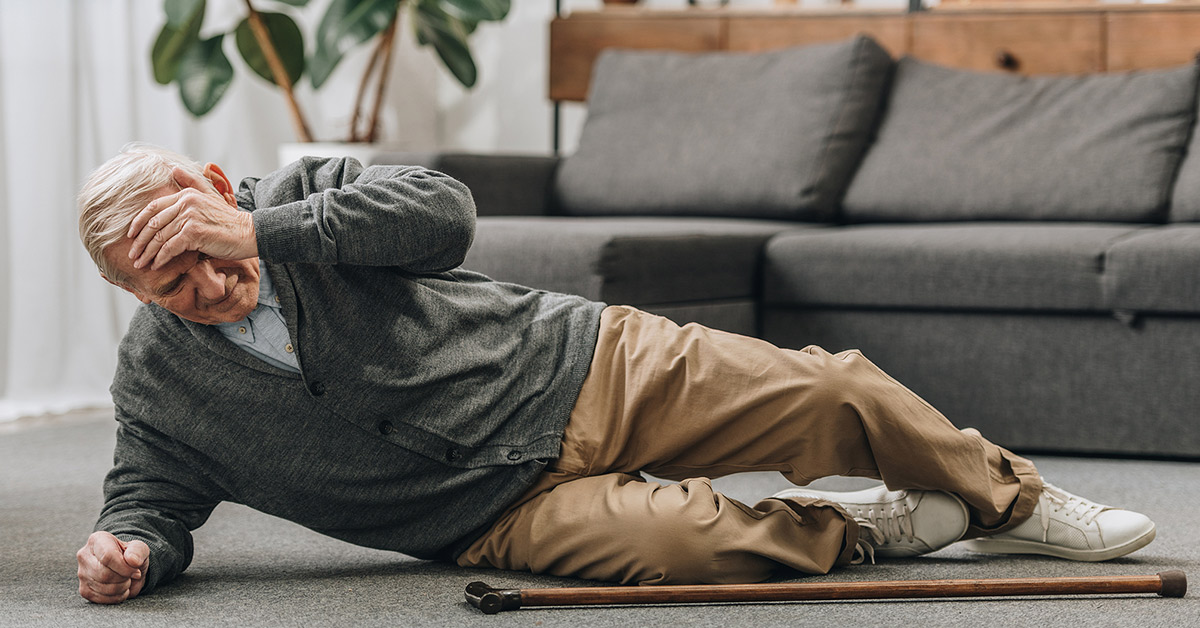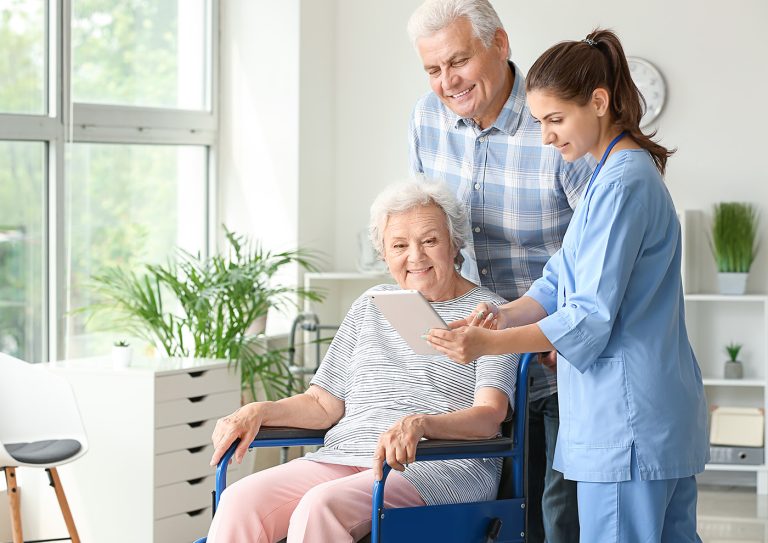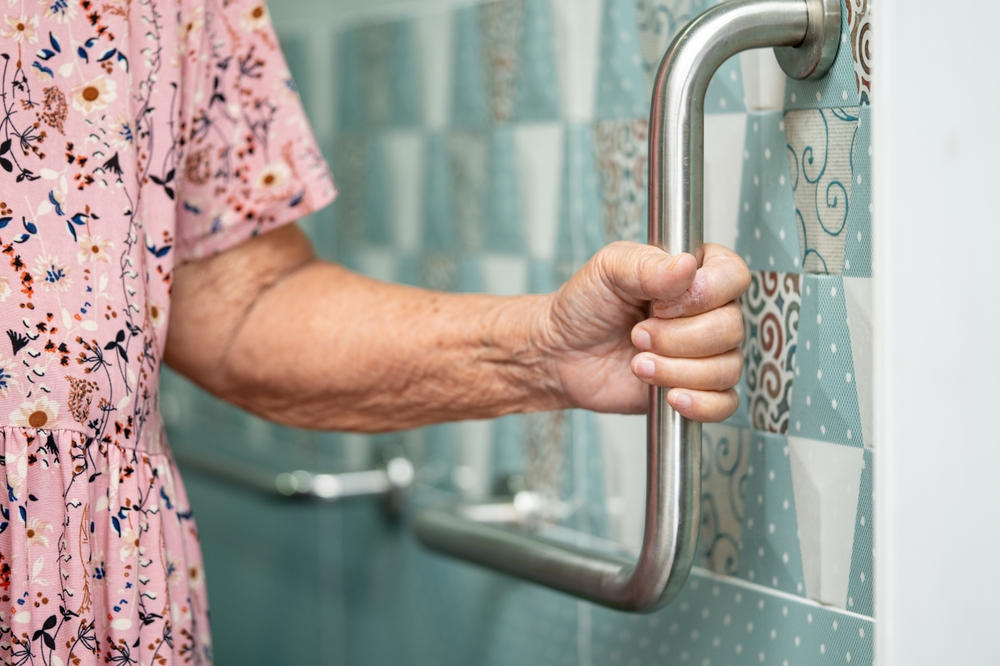As people age, their risk of experiencing a fall increases significantly, making head injuries from elderly falls a prevalent concern. These incidents not only impact the individual’s health but also pose challenges for caregivers and families. Recognizing the risks and understanding prevention strategies is essential for maintaining the well-being of older adults.
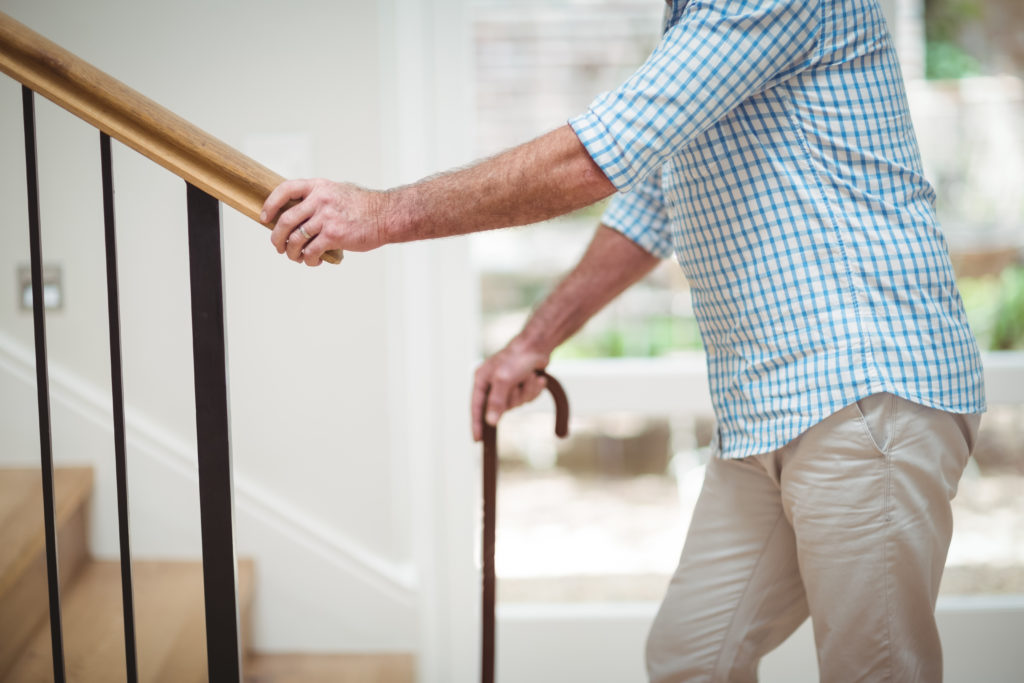
Why Are Elderly Falls a Serious Concern?
Falls are the leading cause of injury among older adults. According to the National Council on Aging, one in four Americans aged 65+ falls each year. These falls can lead to severe injuries, including fractures, broken bones, and head injuries. Understanding the impact of falls can help in forming effective prevention strategies.
The Impact of Head Injuries
Head injuries from elderly falls can range from mild concussions to severe traumatic brain injuries (TBI). The consequences of these injuries can be life-altering, leading to cognitive decline, mobility issues, or even death. It is crucial to address these risks promptly to prevent further complications.
Common Causes of Elderly Falls
Several factors contribute to the increased risk of falls in older adults:
- Balance and mobility issues: Aging often leads to decreased balance and muscle strength, making falls more likely.
- Medications: Some medications can cause dizziness or drowsiness, increasing fall risk.
- Environmental hazards: Clutter, poor lighting, and slippery floors are common hazards in homes.
How to Prevent Head Injuries from Falls
Effective prevention strategies can significantly reduce the risk of falls and consequent head injuries:
- Home modifications: Ensuring that the home environment is safe by removing trip hazards, installing grab bars, and using non-slip mats.
- Exercise: Regular physical activity can improve strength and balance.
- Medication review: Regularly reviewing medications with a healthcare provider to manage side effects that increase fall risk.
Caregiver’s Role in Fall Prevention
Family caregivers play a crucial role in preventing falls. They can assist in creating a safe home environment, encourage regular physical activity, and monitor health changes that may affect balance and coordination.
Using Technology to Prevent Falls
Technology offers innovative solutions for fall prevention. Devices like fall detection systems can alert caregivers and emergency services in case of a fall. These technologies can be particularly beneficial for those living alone or with limited mobility.
Addressing the Aftermath of Head Injuries
In the unfortunate event of a fall, prompt medical assessment is vital. Early intervention can prevent further complications and aid recovery. Family members should be aware of the signs of head injuries, such as confusion, dizziness, or any changes in behavior.
Rehabilitation and Recovery
Recovery from a head injury requires a comprehensive approach, including physical therapy, cognitive rehabilitation, and regular medical follow-ups. Support from family and caregivers is essential during this period.
Conclusion
Understanding the risks associated with head injuries from elderly falls is the first step in prevention. By implementing safety measures, encouraging physical activity, and utilizing technology, we can reduce the incidence of falls and protect our loved ones from severe injuries.
Further Reading
For more information on preventing falls and their impact on senior independence, visit this article. Additionally, learn about specific fall detection strategies for Alzheimer’s patients here.
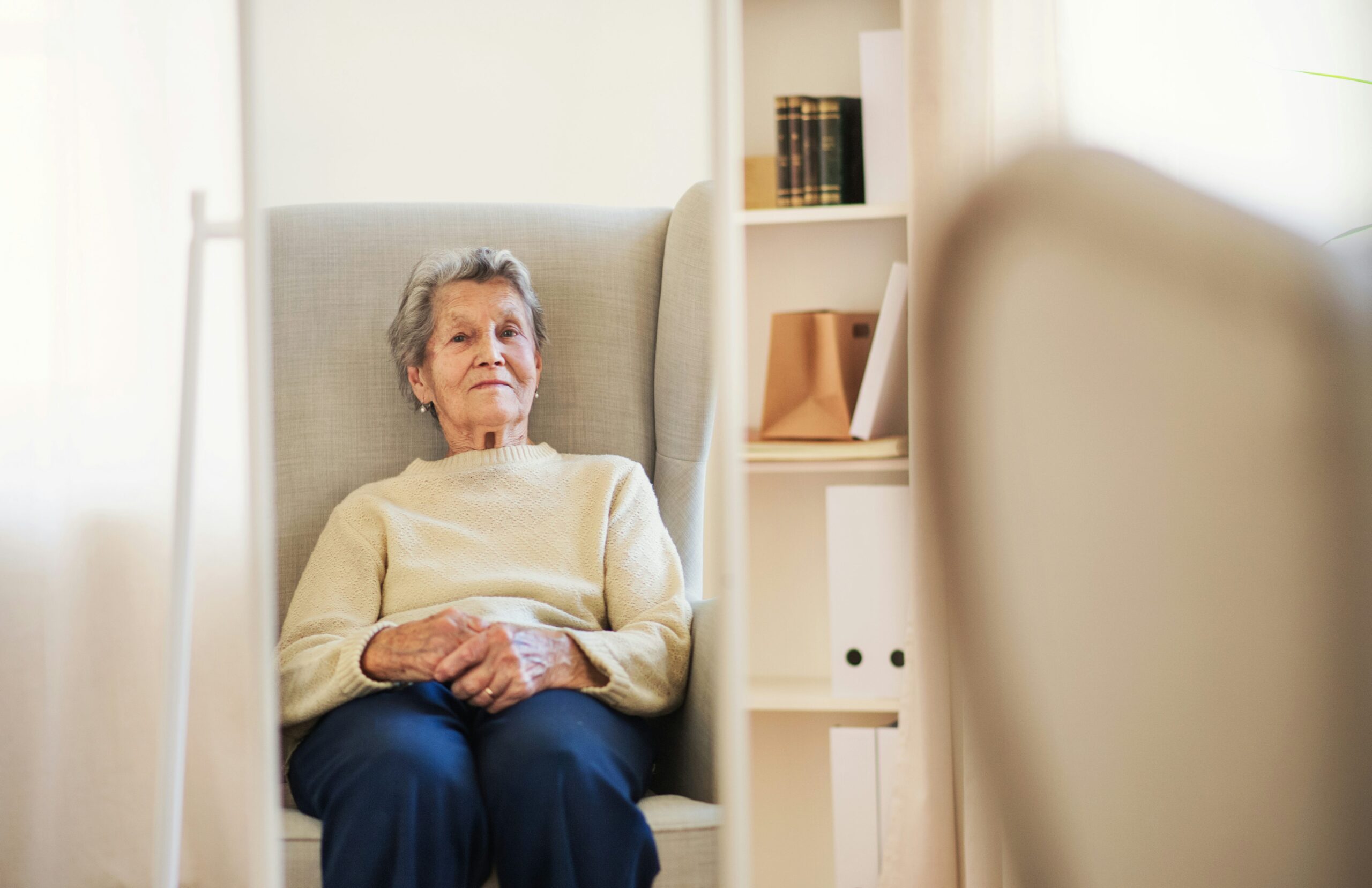
FAQ
What are the signs of a head injury after a fall?
Signs may include confusion, headache, dizziness, nausea, or changes in behavior. It’s important to seek medical attention if any of these symptoms occur.
How can I make my home safer to prevent falls?
Remove clutter, ensure good lighting, install grab bars in bathrooms, and use non-slip mats to make the home safer for older adults.
Are there exercises to help prevent falls?
Yes, exercises that improve balance and strength, such as tai chi, yoga, or strength training, can help prevent falls. Consult with a healthcare provider for a tailored exercise plan.
This article contains affiliate links. We may earn a commission at no extra cost to you.

